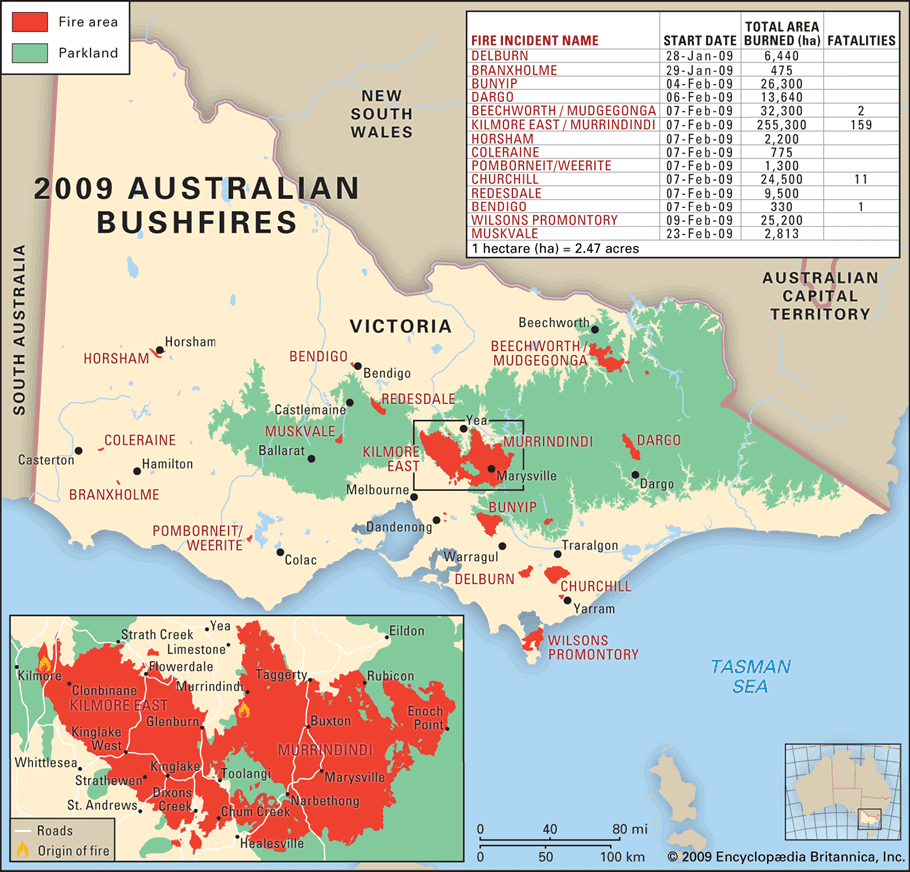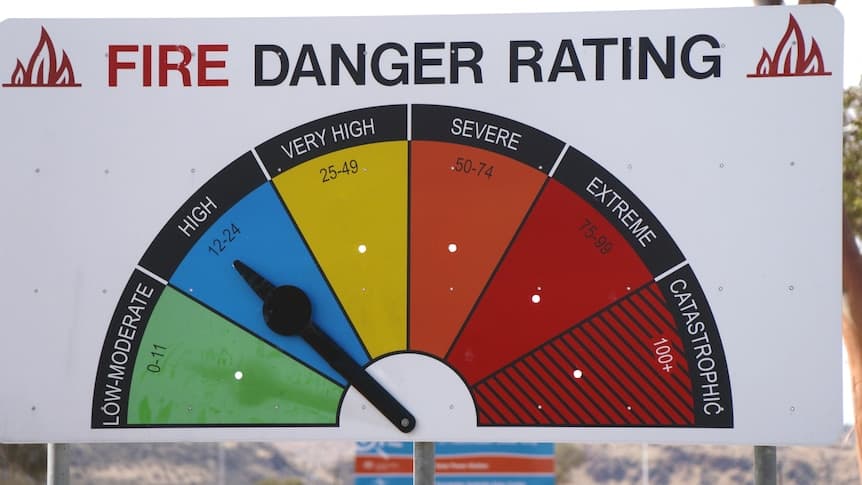Hazards and Disasters in the Forest (VCE Geography Unit 1)
-
Forest
-
Human Impacts



Excursion Program Overview
Explore the magnificent forest ecosystems of the Victorian Central Highlands, and investigate the hydro-meteorological hazards and disasters that characterise the region. Visit sites with contrasting ecological functions and response to bushfire, and that are at varying stages of recovery from such disaster. Discuss human responses to the region’s bushfire hazards and disasters, including prediction of risk and vulnerability, planning protection and mitigation, recovery and reconstruction. Complete fieldwork activities that will collect primary data for the unit’s SAC requirement.
The Full Day (4 hour) program includes:
- Introduction to the region’s geography and ecology
- Visits to numerous sites in the region looking at Mountain Ash and Messmate forests
- The use of GNSS technology to locate specific sites for fieldwork activities.
- Practical fieldwork activities and observations that will be used as primary data for the Fieldwork SAC, using equipment supplied by the Gould League
- Time for Lunch
- Discussion of bushfire impacts on humans, and their response to that hazard.
Inclusions and Notes
Teacher resources include:
- A guide to fieldwork topics relevant to the data being collected on the excursion, with suggestions for additional resources accessible to students.
- Consultation with Gould Educator before the program visit to ensure focus is in the desired direction; some alterations may be available to the program by request.
Prior knowledge required: Basic functionality of fire. Theoretical understanding of running a transect.
Equipment supplied by Gould League: Safety helmets worn by all participants; workbook and all tools required for fieldwork data collection.
Equipment needed: A chartered bus (which is required to remain with the group at all times). First aid kit, sun screen, insect repellent and PPE including hand sanitiser to ensure a Covid safe excursion.
Each student needs to bring: Their own water and lunch, sunscreen, a clipboard, pencil, and a copy of the Gould League workbook (usually sent 14 days prior to excursion so copies can be made for students); camera or phone with camera; phone with GNSS capability or GPS; bag to take away your rubbish.
Restrictions: This Gould League program is located in the North Central Fire District and does not operate on days with a Fire danger rating of Severe, Extreme and Code Red. On rare occasions, programs may be postponed due to extreme weather predictions involving wind/storms. In both cases, these programs will be rescheduled at the earliest convenience of both parties.
Programs however DO operate during wet/snowy weather. Please contact us to discuss the best timing to optimize your group’s experience and ensure suitable clothing and footwear for the conditions predicted. Plan for wet weather from April-October, and expect temperatures at least 5 degrees colder than suburban Melbourne.
Curriculum Links
Key Knowledge for AOS 1 Outcome 1:
- The nature of selected hazards, including:
- physical causes
- location, scale, frequency, magnitude, sequencE
- the role of human activity in initiating and/or compounding the selected hazards and how this has changed over time
- factors affecting the risk level for people, places and environments and impacts of the selected hazards and hazard events on people and environments and how these factors are interconnected
- the potential and realised positive and negative impacts on people and environments in the short and long term
- comparison with similar hazards in other parts of the world
- Applications of spatial technologies by agencies in identification and assessment of impacts, and management of hazards and hazard events.
Key Knowledge for AOS 2 Outcome 2:
- Natural and human factors influencing responses to selected hazards and disasters
- The nature and importance of interactions between natural processes and human activity in developing responses to selected hazards and disasters
- The types of responses to selected hazards and disasters, including prediction of risk and vulnerability, planning protection and mitigation, recovery and reconstruction
- Specific responses by national and global organisations regarding prediction, planning, recovery and reconstruction to similar hazards and disasters in other parts of the world
- Human responses to selected hazards and disasters and how their effectiveness can be measured
- The role of spatial technologies in management of responses to selected hazards and disasters.
VCE Study Design extracts reproduced by permission, © VCAA. VCE is a registered trademark of the VCAA. The VCAA does not endorse or make any warranties regarding this study resource. Current VCE Study Designs, past exams and related content can be accessed directly at www.vcaa.vic.edu.au
